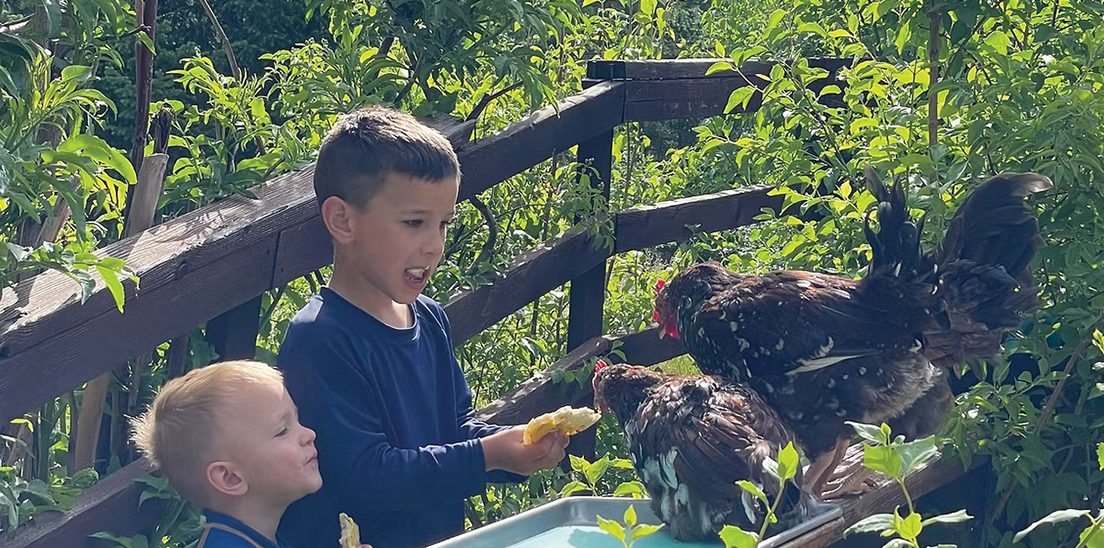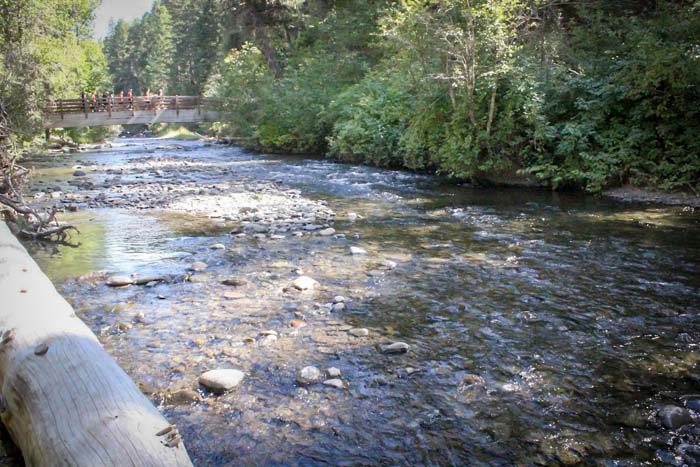Answer man: Buffalo roamed Northeast Oregon long ago
Published 7:00 am Wednesday, February 7, 2024

- Mason
Proof that bison once roamed Union and Wallowa counties well over a century ago has been discovered and documented.
Trending
Evidence in Wallowa County has been found at several sites, according to the 2018 book “Memories of a Backcountry Bio” by Vic Coggins, a retired Oregon Department of Fish and Wildlife biologist in Enterprise.
Coggins writes in his book that in 1981 a large rock shelter near the mouth of Lightning Creek was excavated. Bones were found that were later identified as bison, said Coggins, who served as a biologist in Wallowa County for more than 40 years.
Coggins also wrote that Fermin Warnock, of Imnaha, in a 1989 interview by Jerry Gildemeister as part of the Oregon Department of Fish and Wildlife’s history project, stated that homesteaders who were building a bridge across the Imnaha River between 1900 and 1910 found several buffalo skulls.
Trending
They were found about 14 miles from Imnaha. The retired biologist also wrote that in 1925 a bison skull was recovered and later taken to the old Horner Museum at Oregon State University, Corvallis.
Strong archaeological evidence that bison once roamed the Union area was found decades ago by the late Ben Francy, a U.S. Forest Service archeologist. A report Francy wrote in the early 1980s provided proof of the presence of buffalo in the Grande Ronde Valley.
Francy, who died in 1991, wrote in his report of fine tooth fragments he found near Union at what appeared to be a buffalo jump site. The fragments were sent to University of Washington anthropologist R. Lee Lyman, who identified three of the fragments as distinctly from bison and two others as likely from bison in letter dated June 2, 1980.
Robert Fields, then a scientist in the University of Montana’s geology department, was also sent some of the fragments, and he confirmed for Ben Francy that the remains he found were of bison.
Francy’s report was shared with the public by his father, Guy Francy, at a meeting of the Union County Historical Society in October 2010.
Francy’s report also included a description of the jump site he had written of. It was about 200 yards long and 30 feet high. Francy found large rocks on both sides of the cliff. They served as “wing walls’’ and apparently were installed to prevent buffalo from turning away from the edge of the cliff.
Guy Francy, during his 2010 talk, also discussed anecdotal evidence of the buffalo jump, not mentioned in his son’s report. He noted that several people his son interviewed told him in the 1970s that they recalled seeing a trail in the 1900s at the jump site. It was about a half a mile long and led to Catherine Creek where there had been a semi-permanent campsite.
The trail appeared to have been created by horses and travoises, frames American Indians used to pull loads. The path disappeared many decades ago, said Guy Francy, who died June 5, 2022. Ben Francy’s buffalo report mentions only one jump in the Grande Ronde Valley. However his father told the Union County Historical Society he told him there is evidence of a second buffalo jump between Union and Cove.









